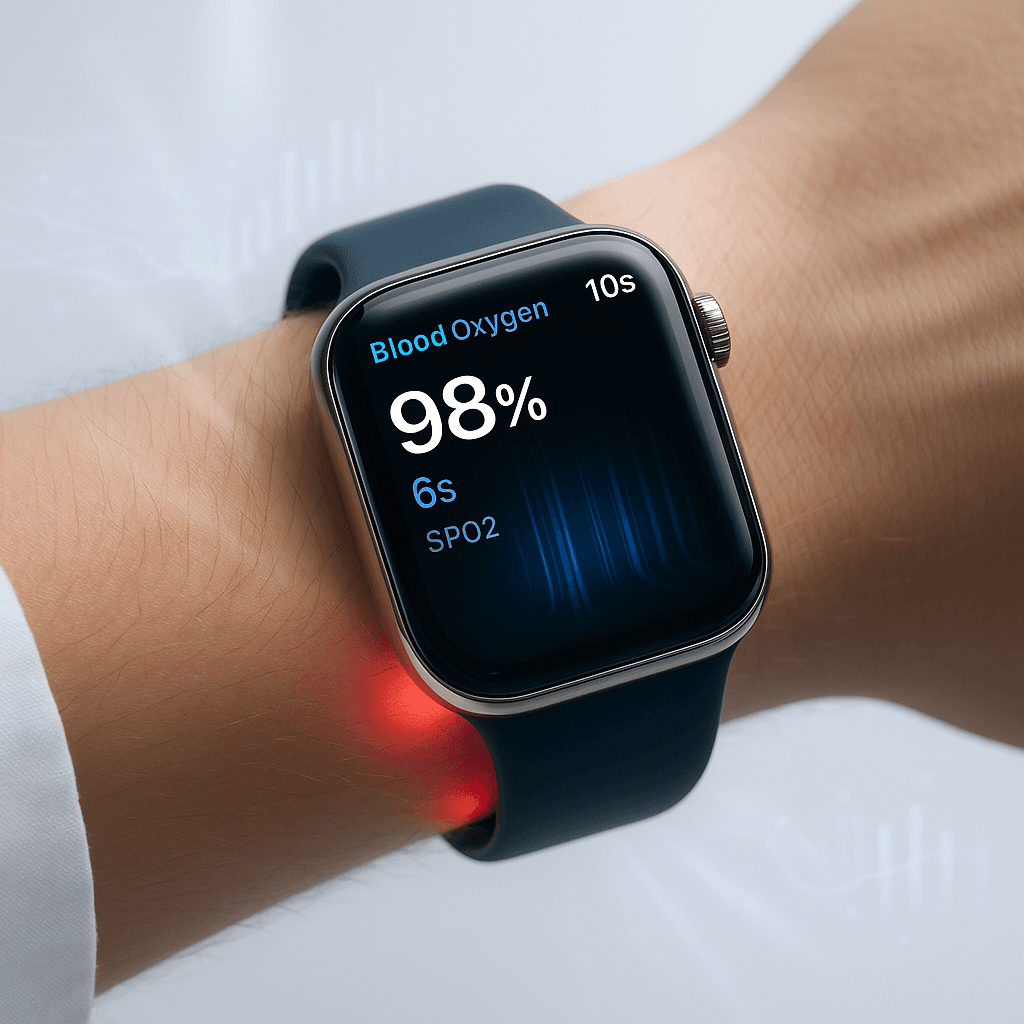TL;DR:
• NVIDIA partners with NSF to provide HGX B300 systems for open AI research infrastructure
• New OMAI project creates fully open multimodal language models for US scientific research
• Initiative aligns with White House AI Action Plan to maintain America's global AI leadership
• Ai2 will make models available at zero cost to researchers nationwide
In a move that could reshape American scientific research, NVIDIA is supplying cutting-edge Blackwell Ultra GPUs to power the National Science Foundation's ambitious Open Multimodal AI Infrastructure project. The partnership delivers state-of-the-art AI systems to Ai2 researchers, positioning the US to lead the next wave of AI-powered scientific breakthroughs while making frontier models freely accessible to American academics.
NVIDIA just scored a major win in the battle for AI supremacy, partnering with the National Science Foundation to build America's most ambitious open AI research infrastructure yet. The chipmaker is supplying its latest HGX B300 systems powered by Blackwell Ultra GPUs to the Allen Institute for AI (Ai2), marking a strategic government endorsement that could reshape how scientific research gets done.
The timing couldn't be more critical. As Meta, Google, and OpenAI wage an increasingly expensive war over frontier AI models, NVIDIA's NSF partnership positions the company as the infrastructure backbone for America's scientific AI ambitions. "AI is the engine of modern science — and large, open models for America's researchers will ignite the next industrial revolution," NVIDIA CEO Jensen Huang told The Tech Buzz.
The Open Multimodal AI Infrastructure to Accelerate Science (OMAI) project represents something unprecedented: fully open multimodal language models with transparent training data, code, and documentation. Unlike the black-box approach of commercial AI labs, OMAI will let researchers peek under the hood. "With the model training data in hand, you have the opportunity to trace back to particular training instances similar to a response," explained Noah Smith, senior director of natural language processing research at .












